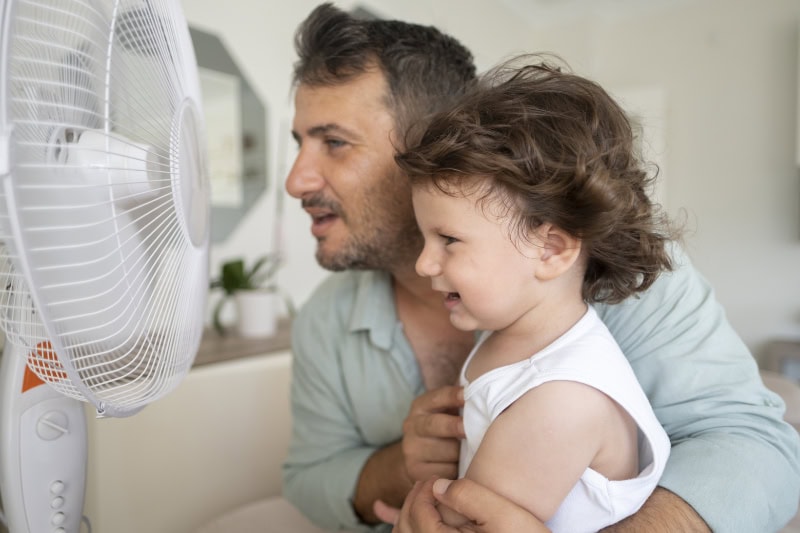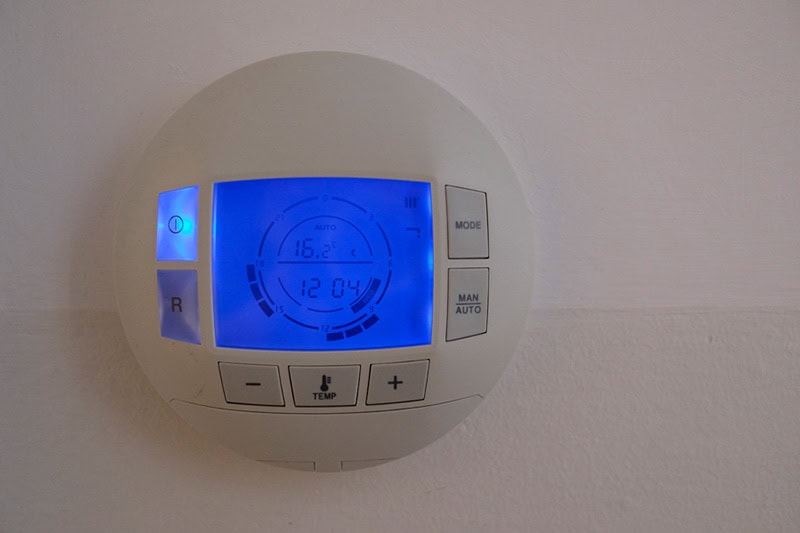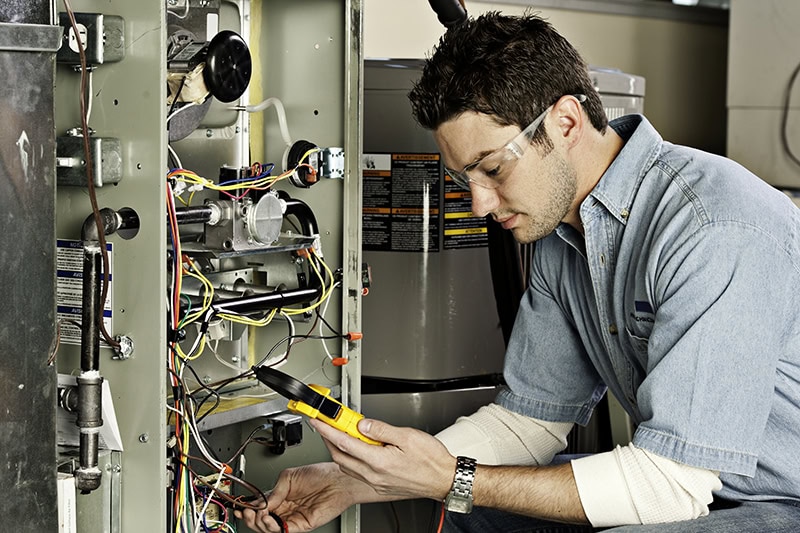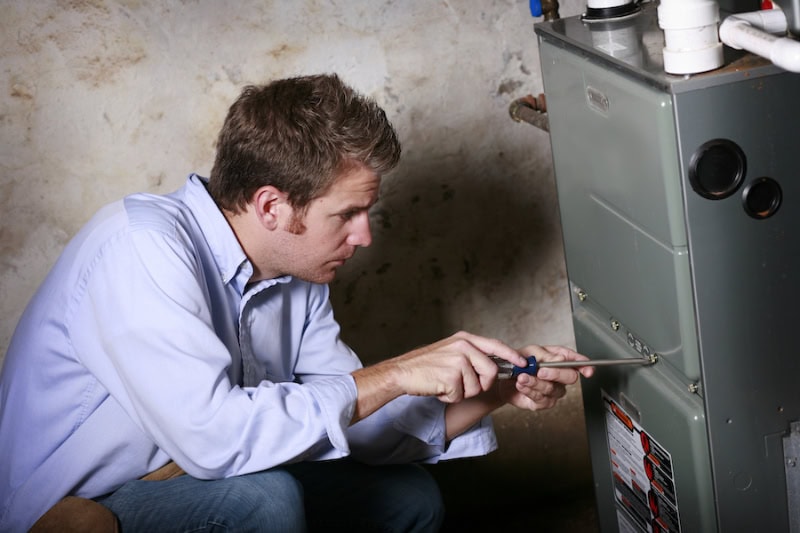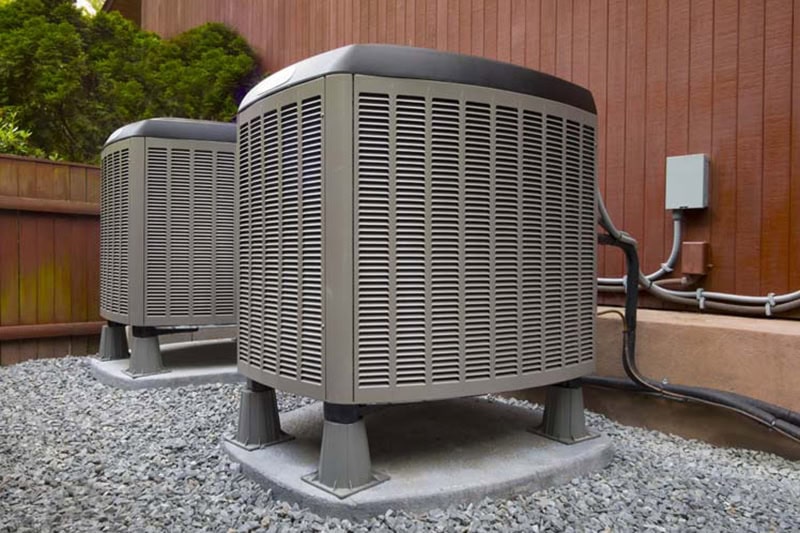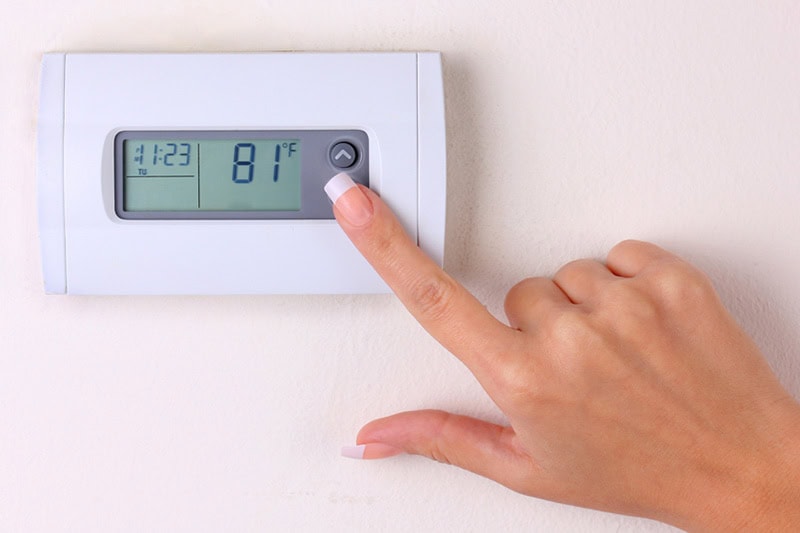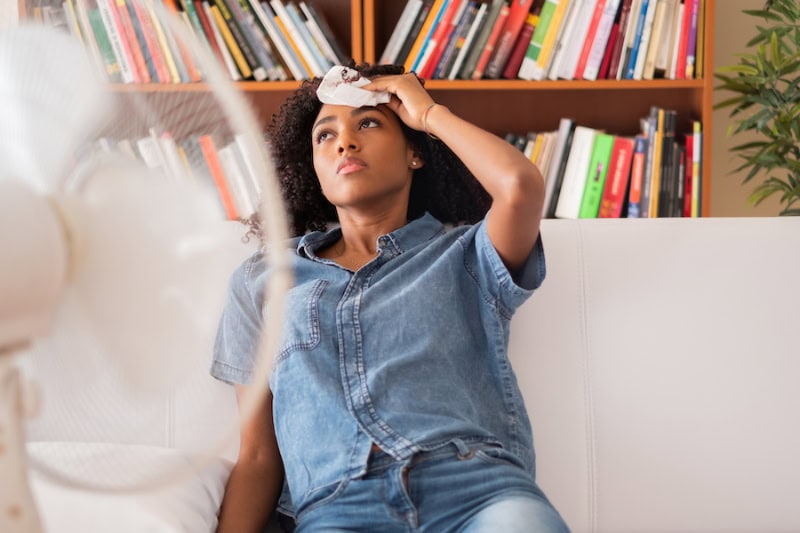According to the U.S. Department of Energy, central air conditioning systems have a service life of approximately 15 to 20 years.
Continue ReadingThe sound of a well-maintained heating, ventilation, and air conditioning (HVAC) system is like a lullaby for a good night’s sleep.
Continue ReadingWith all the options available for setting your programmable thermostat, it is easy to get confused. Of course, this defeats the purpose of a programmable thermostat––it is designed for you to “set it and forget it,” making your life easier. Naturally, anything can be confusing at times, so feel free to contact our qualified Air Products & Services team members with any questions you may have about your programmable thermostat.
Continue ReadingIf you have a large home with multiple stories or a large household with family members who prefer different temperatures, consider installing a zone control system.
Continue ReadingAre you cool and comfortable in your Studio City, home? If so, you can probably thank your HVAC air conditioner.
Continue ReadingAs the temperatures begin to rise in Beverly Hills, many homeowners are firing up their air conditioners for the first time in months. But what if, instead of a refreshing blast of cool air, you’re hit with an unpleasant smell?
Continue ReadingThe same goes for a heat pump. The outdoor unit might be in perfect working condition. Still, the heating and cooling process stops without an indoor evaporator coil, connecting refrigerant lines, and a fan to blow conditioned air through ductwork.
Continue ReadingSometimes, life moves incredibly fast. You could have sworn you just bought your air conditioner. But lately, it doesn’t seem to be working so well.
Continue ReadingIn the heating, ventilation, and air conditioning (HVAC) industry, your thermostat is the undisputed leader of the heating and cooling team. It signals your furnace and air conditioner (AC) when to turn on and off. Whenever your thermostat detects a temperature change that’s different from the desired setting in your Studio City home, it barks out a new directive to adjust the indoor climate.
Continue ReadingSome of the most common air conditioning issues that homeowners face, from uneven cooling to strange noises, often have simple solutions.
Continue Reading
